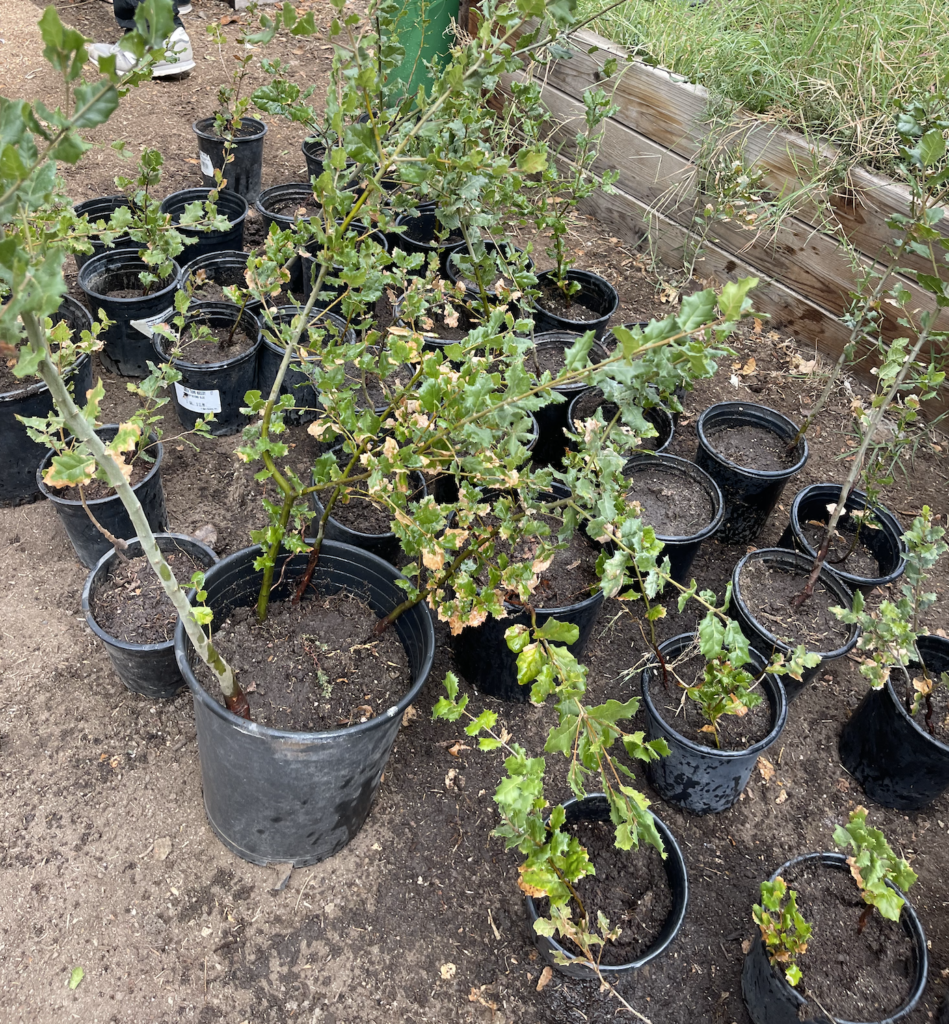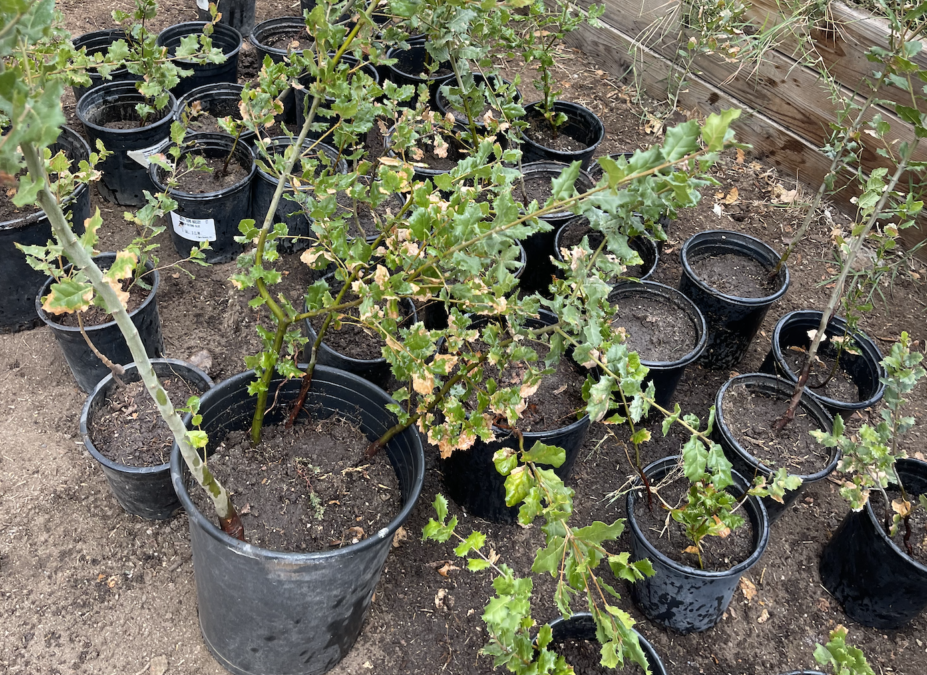
Ever met someone who knows so much about our local ecosystem that you feel it might take you a lifetime to learn all you can from them? Hannah Wear, a native Topangan, is that wise and generous soul. Daughter of the renowned organic architect, William Earl Wear, who followed the principles of Frank Lloyd Wright, Hannah was born and has resided in Topanga since 1968. She and her husband Kevin Parkhurst live off the grid and run their own innovative architectural firm, Design Integration Group and Malibu Solar, located at the Topanga Center Courtyard, dedicated to projects that integrate and solve concerns for social and environmental issues. Their non-profit work is dedicated to a sustainable future for their eighth-grade daughter, Pearl.
You may have heard about Hannah’s work planting pollinator plants in 2019 at Topanga Elementary. Along with other Topanga parents, she is greatly responsible for 1,400 milkweed and other butterfly bushes being planted at 10 sites in Topanga. Recently, I wanted to establish a native nursery for fire resiliency at Manzanita School, where I teach land stewardship. These plants can reseed fire devastated areas of our forest. Hannah enthusiastically volunteered to help as she’s an oak expert committed to restoring our keystone species, Quercus agrifolia, a coast live oak classified in the red oak subgenus.
Our native oak species are in great peril due to our persistent California drought. Indeed, the native Chumash called these great trees “ember catchers” as they generally mitigated and survived fire themselves. On the climate front, a vital forest creates small water cycles that cool our ecosystem and attract more moisture supporting fire resilience and absorbing carbon. And we all know how important that is for us living in the Santa Monica Mountains.
At Manzanita School, Hannah helped our permaculture class propagate over 1,000 acorns gathered from the land by our students and transplant 100 oak seedlings which have started our native nursery. Hannah taught us how to carefully soak and ready them to sprout and plant relative to the moon cycle. She brought us some undisturbed soil from her building projects, which she taught us has hundreds of years of embedded seeds that were ready to sprout with a bit of water and care. Some have already peeked up their heads within a week.
What a rich body of information we are gaining from Hannah. We can only hope that she’ll continue to share her ecological practices with our community to support climate resilience especially during these eight years of climate urgency.




